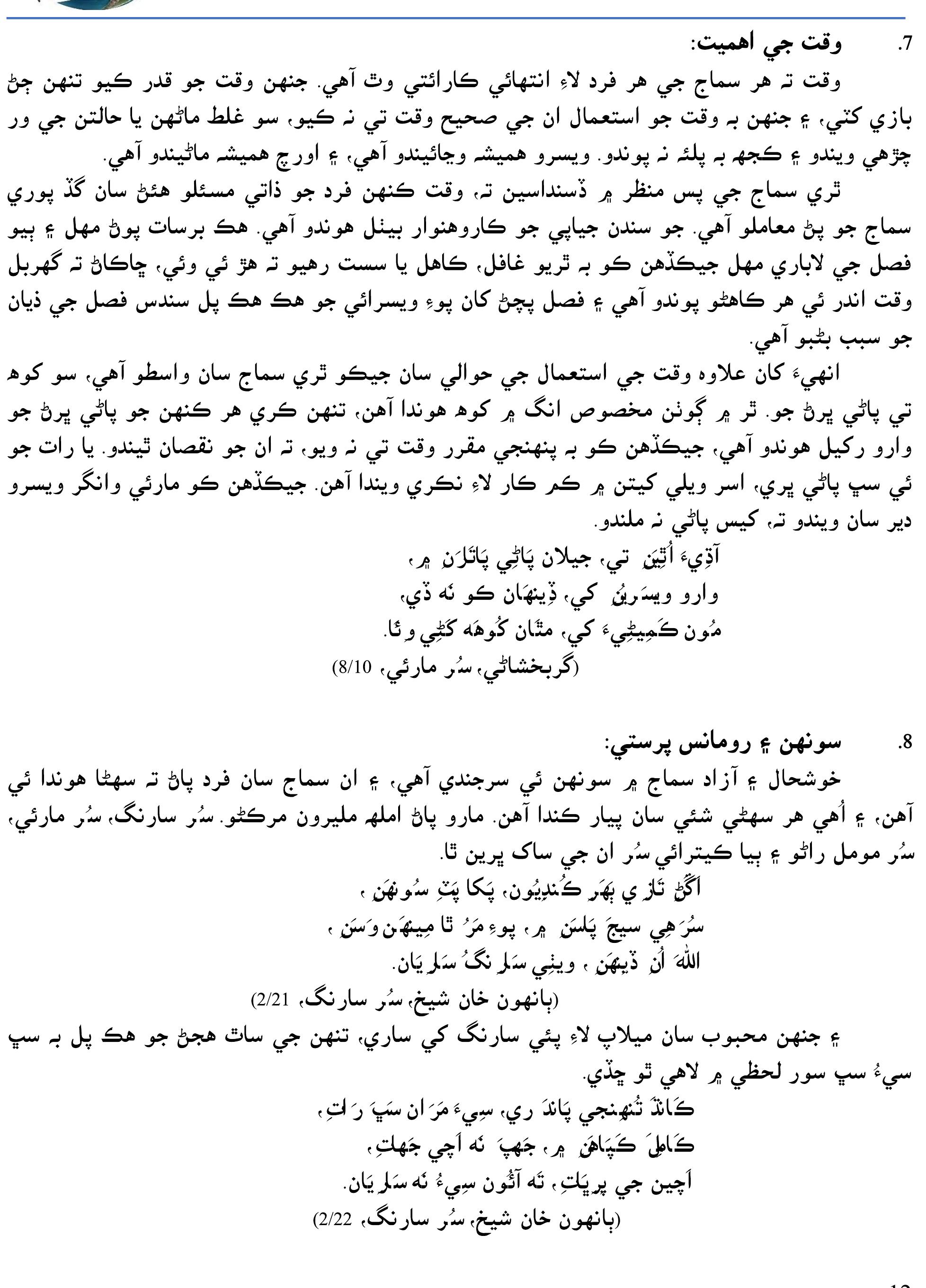Key research themes
1. How does contemporary Sindhi music contribute to the revitalization and intergenerational transmission of Classical Sindhi language and poetry?
This theme investigates the role of modern artistic expressions, particularly music, in rejuvenating the High Variety (Classical) Sindhi language among younger audiences. Classical Sindhi poetry, especially the works of Shah Abdul Latif Bhittai, has experienced diminishing exposure in urban and youth populations due to linguistic and cultural shifts. However, integration of classical poetry into contemporary music genres like Sindhi fusion provides a novel sociolinguistic method of cultural and linguistic transmission, fostering renewed identity and language pride.
2. What are the historical and socio-political transformations influencing Sindhi identity and literature from dynastic rule to modern diasporic experiences?
This research theme explores the historical progression of Sindhi cultural and literary identity contextualized within significant political changes—from the rise and decline of local dynasties such as the Kalhoras, through colonial and postcolonial upheavals, to contemporary diasporic realities. It includes the examination of political authority shifts, religious syncretism, and cultural resilience that have shaped the Sindhi literary landscape and identity construction across centuries and geographies.
3. How are Sufi philosophy and religious syncretism articulated and reflected in Sindhi poetry and literature?
This theme examines the rich tradition of Sufism as a source of spiritual, philosophical, and cultural expression within Sindhi literature. It focuses on the articulation of Sufi doctrines, mystical concepts, and religious tolerance through poetic works, highlighting their role in mediating diverse religious and philosophical ideologies in Sindh. The research also investigates how Sindhi poets like Shah Abdul Latif Bhittai and Khwāja Muḥammad Zamān Naqshbandī integrated spiritual themes that promote religious harmony and social values.
































